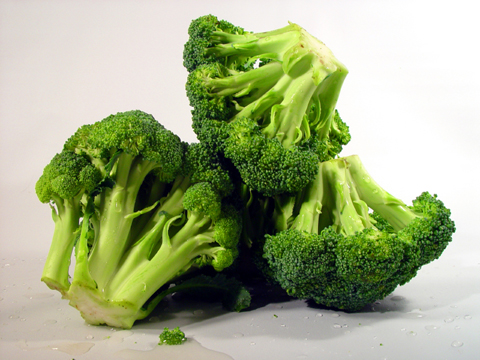 “We’re trying to figure out who killed the broccoli” is Dr. Carolee Bull’s usual, tongue-in-cheek response to what her team is involved in, writes The Californian reporter Robert Walch. In other words, this is a “CSI” lab for the vegetable world. But although the work done here is important and fascinating, don’t expect a television series to focus on this scientist’s efforts anytime soon.
“We’re trying to figure out who killed the broccoli” is Dr. Carolee Bull’s usual, tongue-in-cheek response to what her team is involved in, writes The Californian reporter Robert Walch. In other words, this is a “CSI” lab for the vegetable world. But although the work done here is important and fascinating, don’t expect a television series to focus on this scientist’s efforts anytime soon.
Bull, an Ohio University alum, is a researcher with the U.S. Department of Agricultural Research Service in Salinas, CA. She earned a B.S. in Plant Biology in 1985 from the College of Arts & Sciences.
Simplifying the explanation of what she does, Carolee Bull, Ph.D., said when people visit her lab at the USDA Agricultural Research Service facility in Salinas, she tells them they have just walked into a forensics lab….
In other words, this is a “CSI” lab for the vegetable world. But although the work done here is important and fascinating, don’t expect a television series to focus on this scientist’s efforts anytime soon.
Biological control of plant pathogens and phytobacteriology were the subjects Bull pursued as a graduate student as a National Science Foundation fellow and USDA/ARS postdoctoral researcher.
“I work on bacterial diseases of vegetables and small fruit,” Bull explained. “We have had several large projects working with the lettuce and leafy-greens industry, but we also work on crucifers (broccoli, cauliflower, etc.), too.”
And just what did kill the broccoli raab and other cruciferous crops in the Salinas Valley and elsewhere around the country and world? “The bacterial plight created spots on the plants and eventually turned their leaves brown,” writes Walch. “Once the correct identification and classification of the pathogen was completed, an environmental and affordable way of dealing with it could be developed. Projects like this one allow the scientist, as Bull put it, to ‘keep one foot in the furrow solving real problems for grower and one foot in the laboratory asking fundamental questions about pathogens and antagonists.’”
Read the entire article in The Californian.



















Comments